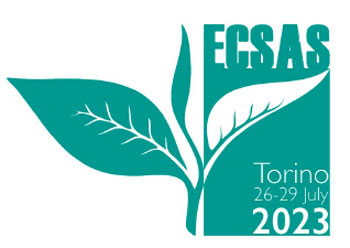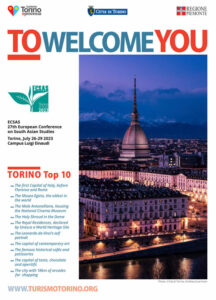Presenter
Afsar Rita - Curtin University, School of Management and Marketing, Perth, AustraliaPanel
06 – Housing, Dwelling, Multilocal ‘Home’-Making: Repertoires of Living Together in Urban South Asia and BeyondAbstract
In 2020, 1.05 billion (24% of) people worldwide lived in slums (UN 2022), an increase from 689 million in 1990.
With an estimated 23.2 million population in 2023, Dhaka is the fourth largest mega city in the world having with fastest population growths. It is the topmost densely populated cities with nearly 43,500 people/km2 metropolitan area, and acute housing shortage, for urban poor population. Accordingly slums account for 40% of urban population, higher than the South Asian average (Afsar and Hossain, 2020).
There is no denying that unplanned urban growth, poor quality housing, high cost of living, inadequate basic services, recurring social and political conflicts, high level of vulnerability to natural disasters, poor infrastructure and unbearable traffic jams influence Dhaka’s livability prospect considerably.
Despite such adversities, Bangladesh remains an enigma for achieving remarkable progress in meeting MDGs targets such as increasing enrolment at primary schools, reduced infant mortality rate and maternal mortality ratio, improved immunization coverage and the incidence of communicable diseases (GOB 2015).
Drawing largely on the Afsar and Hossain longitudinal study on Dhaka city (2020), this paper will address sustainability matters related to such progress in the long run. How over time cityscape is changing its housing structure and affordability issues? This is necessary to examine the city’s prosperity together with inclusiveness and sustainability.


